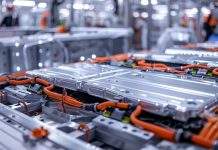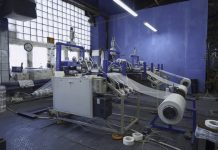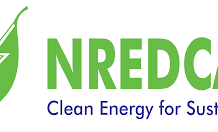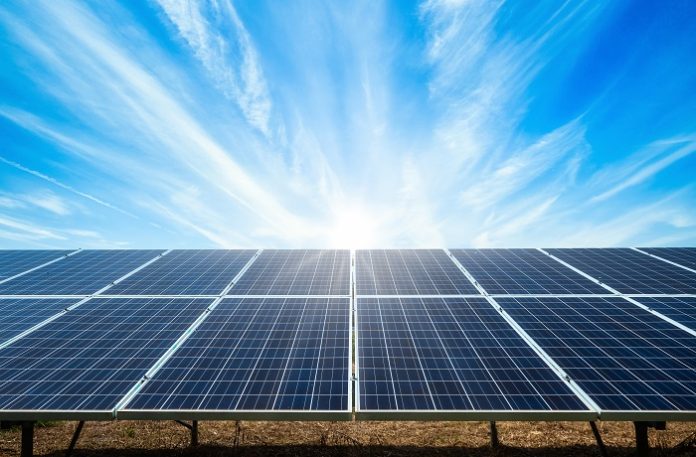Adani Group initiated the commercial production of ingots and wafers at a capacity of 2GW, as part of its expansion into solar manufacturing. The ingots and wafers are key components for solar cells and modules, which are assembled at Adani’s Gujarat facility. The company also plans to start producing polysilicon by 2027, positioning itself as the first integrated solar manufacturer in India.
In December 2022, Adani Solar, the group’s solar PV manufacturing and research division, announced the production of India’s first large-sized monocrystalline silicon ingot at its Mundra plant. The facility is dedicated to producing silicon ingots that will solely supply Adani Solar’s own production of wafers, cells, and modules.
Adani Solar’s Global Chief Marketing Officer, Rahul Bhutiani, revealed plans for the company to invest over $20 billion in renewable energy over the next ten years. Additionally, Adani secured $394 million to establish a ten GW solar manufacturing plant through its renewable subsidiary, Adani New Industries. The plant is set to be a component of a broader green hydrogen ecosystem, incorporating wind turbine production as well.
Adani Solar is one of India’s largest vertically integrated solar firm, having a manufacturing capability of four GW. Adani Green Energy, another branch of the Adani Group focusing on renewable energy, reported that its operational portfolio now exceeds 10GW. This includes 7,393 MW of solar power, 1,401 MW of wind power, and 2,140 MW of wind-solar hybrid power.
As reported by PVTECH, the company recently added one GW of solar capacity at its Khavda solar PV park in Gujarat. The project was completed in under a year and aligns with the company’s strategy to develop thirty GW of capacity at this site within the next five years. Upon completion, the project is poised to become the world’s largest solar PV project, covering an area over 538 square kilometers, roughly five times larger than Paris.






























